Caring for Pets with Osteoarthritis: A Comprehensive Guide
As loving pet owners, we are acutely aware of the ways our pets bring joy and companionship into our lives. Yet when they begin to show signs of discomfort or difficulty moving, it can be both alarming and heartbreaking. One common condition that affects many of our pets as they age is osteoarthritis (OA). At Creature Comforts Veterinary Service in Saylorsburg, Pennsylvania, we understand how distressing this diagnosis can be, but we are here to guide you each step of the way. Let’s explore osteoarthritis together, unravel its complexities, and discover how we can support your pet in living a comfortable and fulfilling life.
Understanding Osteoarthritis in Pets
Osteoarthritis is a degenerative joint disease that affects millions of pets worldwide, not just those who are older. It arises from the gradual breakdown of cartilage—the cushioning material in joints—which leads to inflammation and pain. This condition is not merely a consequence of “old age”; it can also be seen in young pets due to genetic predispositions or previous injury. As a progressive disease, OA detrimentally impacts our pets’ quality of life, making mobility challenging and reducing their enthusiasm for activities they once loved.
Causes of Osteoarthritis in Pets
Several factors can contribute to the onset of osteoarthritis in pets, including:
- Age and Wear-and-Tear: Over time, joint cartilage may naturally degrade.
- Genetics: Certain breeds are predisposed to joint issues, such as hip and elbow dysplasia.
- Obesity: Excess weight can put undue stress on joints, accelerating cartilage breakdown.
- Previous Injuries or Surgeries: These can compromise joint stability and lead to arthritic changes.
- Conformational Issues: Abnormalities in the skeletal structure can predispose pets to OA. Understanding these risk factors can help in recognizing early signs and implementing preventive measures.
Why Early Detection Matters
Early detection of osteoarthritis is crucial due to its progressive nature. By identifying signs early, we can initiate interventions that slow the progression and alleviate discomfort. The goal is to maintain mobility and muscle mass, thus enhancing overall quality of life and longevity. Early intervention can improve comfort substantially, allowing pets to continue enjoying their daily activities.
Identifying Symptoms of Osteoarthritis
Osteoarthritis can manifest through a variety of symptoms, and recognizing these early can make a significant difference:
- Changes in Activity Level: Pets may show less interest in walks or play and may spend more time resting.
- Mobility Issues: Symptoms include stiffness, particularly after rest, limping, difficulty in getting up or down, and hesitance to jump or climb stairs. Why is my dog limping? – AKC
- Behavioral Changes: Irritability when touching affected joints, withdrawal from social interactions, or changes in grooming habits. Senior Cat Care – National Cat Groomers
- Subtle Signs in Cats: Cats may have decreased jumping ability, changes in litter box habits, or decreased self-grooming, leading to matted fur. Arthritis and Degenerative Joint Disease in Cats – iCatCare
- Pain Indicators: Look out for signs of pain such as vocalizations, changes in posture, or avoidance behaviors. What’s Wrong? Common Pet Pain Signs
Progression of Osteoarthritis Over Time
If left untreated, osteoarthritis can worsen significantly. In its early stages, you might notice subtle stiffness or intermittent limping. As it progresses to the middle stages, lameness becomes more frequent, and muscle mass may decrease. Late-stage OA is characterized by chronic pain and significant mobility limitations. This cycle of pain and inactivity can further degrade joint health, emphasizing the importance of timely intervention.
Diagnosing Osteoarthritis: What to Expect
When diagnosing osteoarthritis, a thorough veterinary examination is essential:
- Physical Examination: Your veterinarian will assess your pet’s range of motion and palpate joints for pain or swelling. Gait analysis may also be performed.
- Imaging: X-rays are commonly used to visualize joint changes, such as bone spurs or narrowed joint spaces. Advanced imaging like CT or MRI may be recommended if necessary.
- Joint Fluid Analysis: Occasionally, fluid may be extracted from joints to rule out infections or other inflammatory conditions.
- Bloodwork: Comprehensive blood tests help assess overall health and exclude other diseases. Preventive Testing for Senior Pets – Zoetis Petcare
Treatment Options for Osteoarthritis
Treatment for osteoarthritis is multifaceted and customized to each pet’s needs. Here are some of the approaches we may consider:
- Weight Management: Maintaining a healthy weight is crucial to reduce joint stress. Prescription diets can aid in weight loss.
- Medications: Pain management includes NSAIDs and other options like gabapentin, tramadol. Monitoring for side effects is essential.
- Joint Supplements: Supplements such as glucosamine, chondroitin sulfate, and omega-3 fatty acids support joint health.
- Physical Rehabilitation: Therapeutic exercises and hydrotherapy are effective in maintaining muscle strength and joint flexibility. Exercises for Dogs with Osteoarthritis – Zoetis Petcare
- Alternative Therapies: Acupuncture and laser therapy are gaining popularity for their pain-relieving benefits. Laser Therapy for Pain and Arthritis in Dogs – AKC
- Surgical Options: In advanced cases, surgical interventions such as joint replacement may be considered.
Impacts of Untreated Osteoarthritis
Without appropriate management, osteoarthritis can lead to chronic pain, muscle atrophy, and significant behavioral changes. Pets may become more aggressive or withdrawn, and their overall quality of life declines. It’s essential to address OA promptly to prevent these outcomes.
Daily Life Impacts for Pets and Owners
Osteoarthritis affects daily routines for both pets and owners. Pets may have difficulty with everyday activities like walking, playing, or grooming. Owners often face emotional distress seeing their pets in pain and may need to adjust household routines and manage potential conflicts with other pets.
Supporting Your Pet at Home
Creating a supportive home environment is vital for managing osteoarthritis:
- Comfortable Bedding: Soft, orthopedic beds can reduce pressure on joints.
- Assistive Devices: Ramps or stairs help pets access elevated surfaces, while non-slip flooring can prevent falls.
- Gentle Exercise Routines: Regular exercise tailored to your pet’s abilities helps maintain muscle strength and joint function. Warm-Ups and Cooldowns for Dogs – Canine Arthritis Resources and Education
Current Trends and Research
Ongoing research is expanding therapeutic options for osteoarthritis, with innovations like monoclonal antibody therapy and regenerative medicine gaining traction. These advancements offer hope for more comprehensive and personalized treatment plans. Mobility Matters Guide – AAHA
Preparing for Your Veterinary Appointment
When visiting the vet, consider bringing:
- Medical History: A thorough record of previous diagnoses, medications, and supplements.
- Symptom Diary: Note when symptoms occur, their severity, and potential triggers.
- Videos: Footage showing your pet’s gait or movements can be very helpful.
- Questions for Your Vet: What stage of OA is my pet in? What are the best treatment options? What side effects should I watch for?
FAQs About Osteoarthritis in Pets
- Can osteoarthritis be cured? Osteoarthritis cannot be cured but can be effectively managed.
- Is OA painful for my pet? Yes, but pain can be controlled with medication and other therapies.
- How often should I bring my pet in for checkups? Regular checkups (every 6-12 months) are important to monitor the progression of OA and adjust treatment plans.
We’re Here for You
At Creature Comforts Veterinary Service, we understand the emotional journey that comes with caring for a pet with osteoarthritis. We are here to offer guidance and support through every step. If you suspect your pet may be experiencing symptoms of osteoarthritis, Schedule an appointment with our team for a personalized consultation. Together, we can ensure that your beloved pet continues to enjoy the best quality of life possible. Your trust is our highest priority, and we are committed to being your partner throughout this process. Visit our website to meet our team and learn more about how we can assist you.


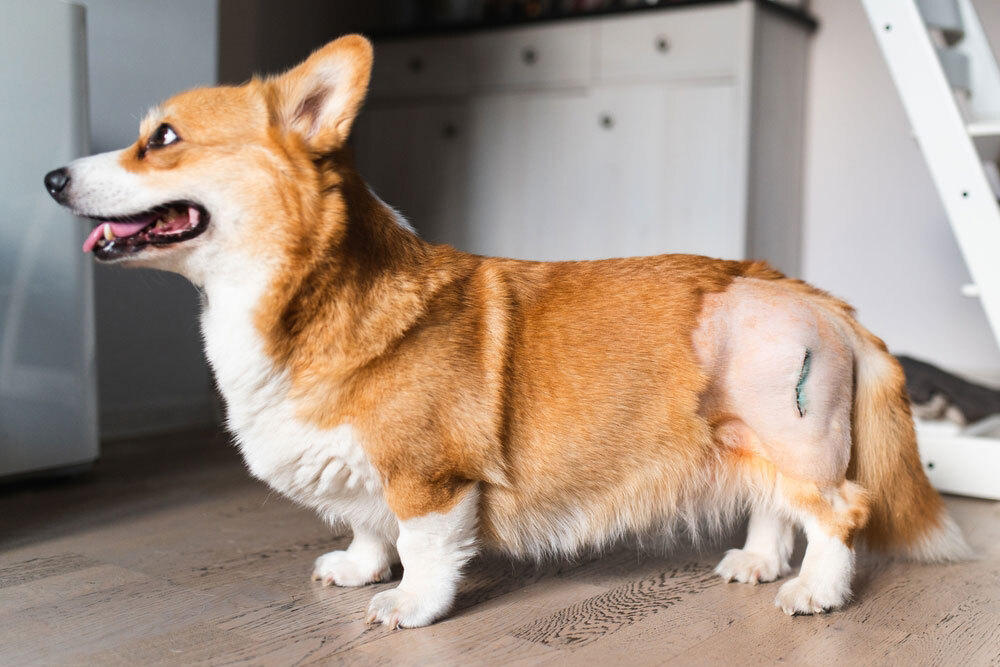
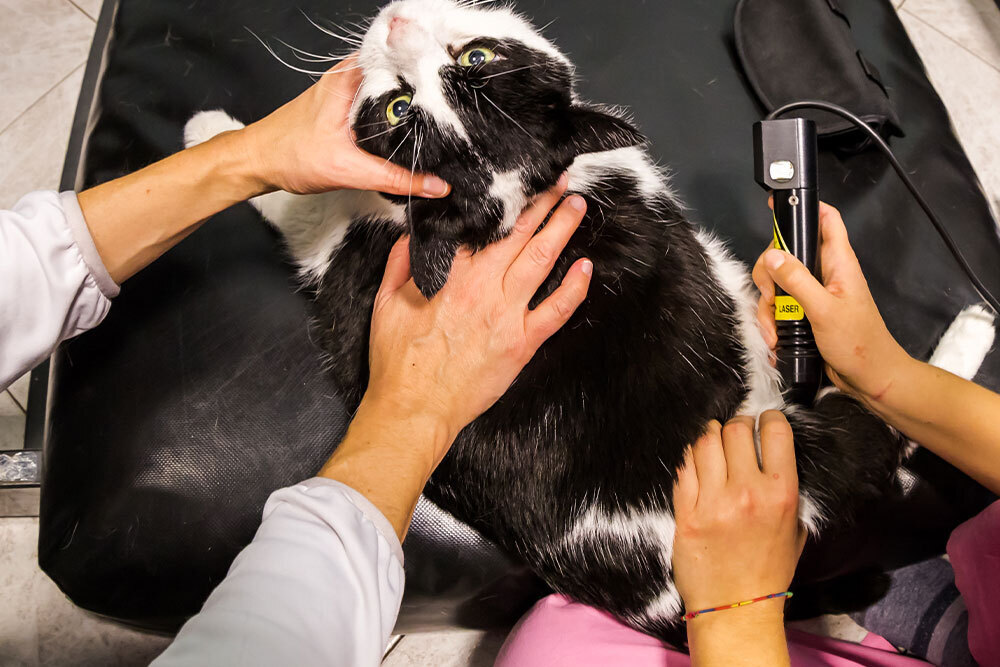

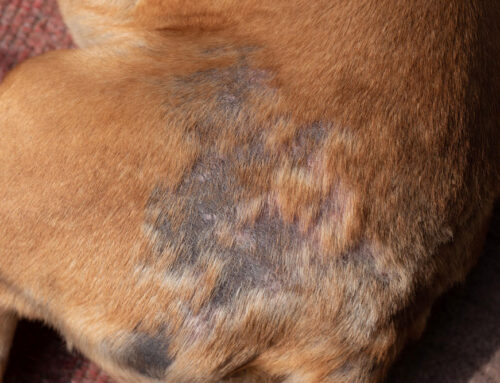
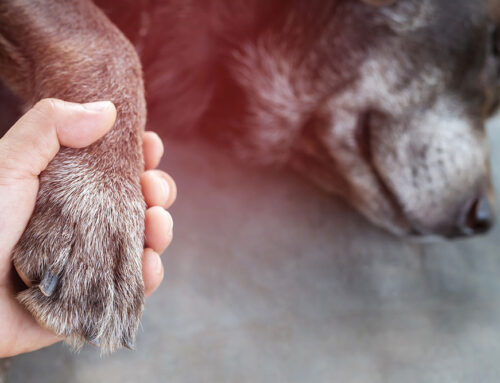
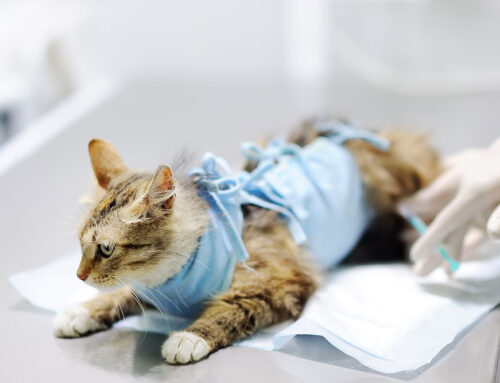
Leave A Comment